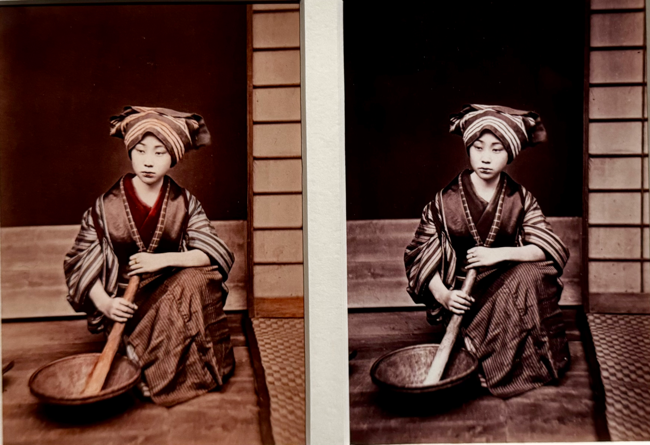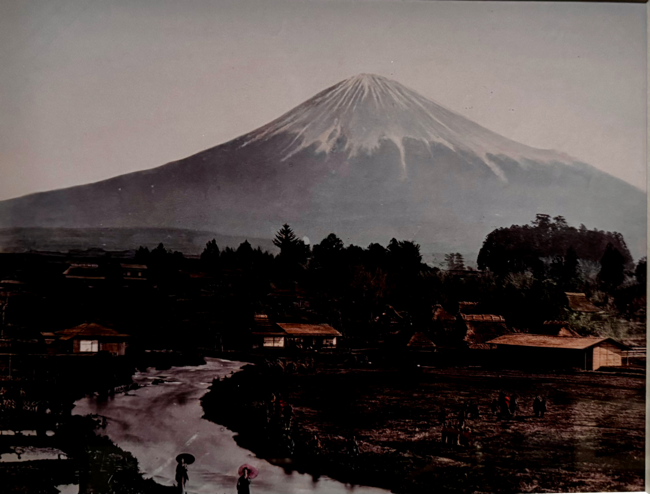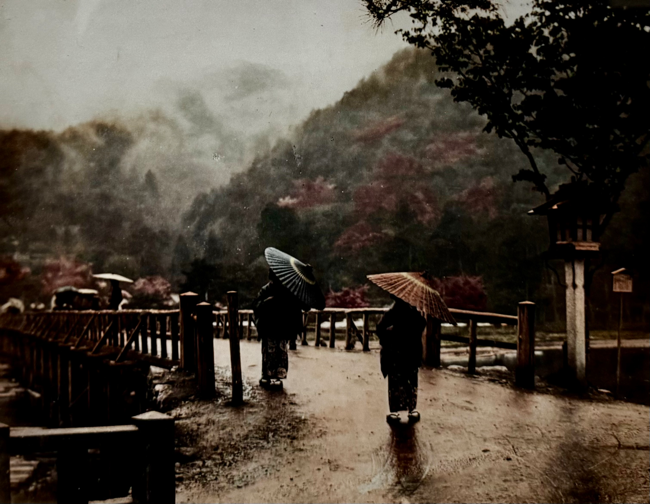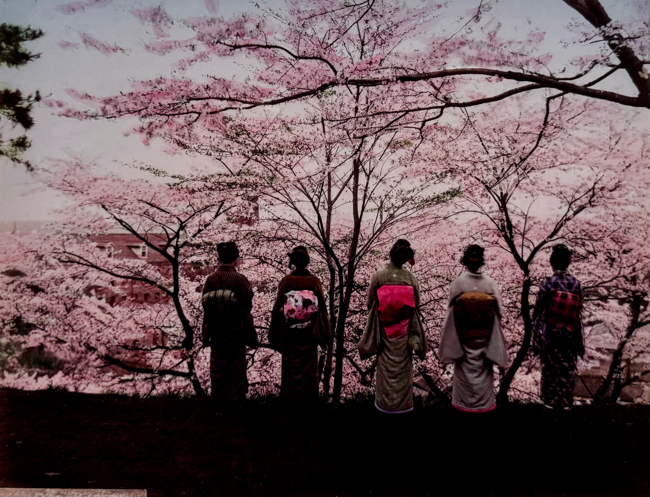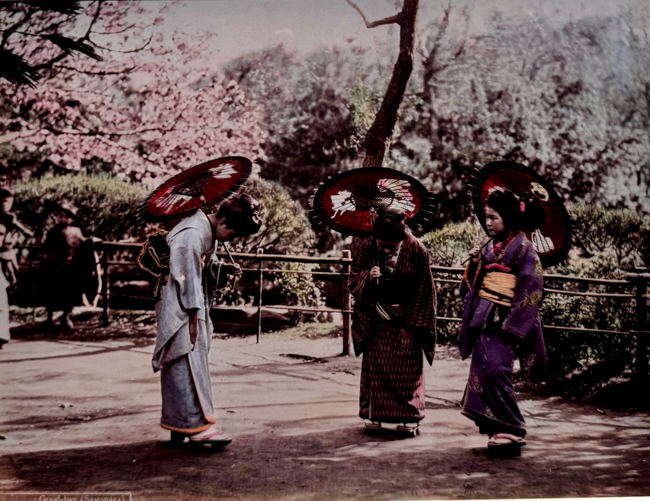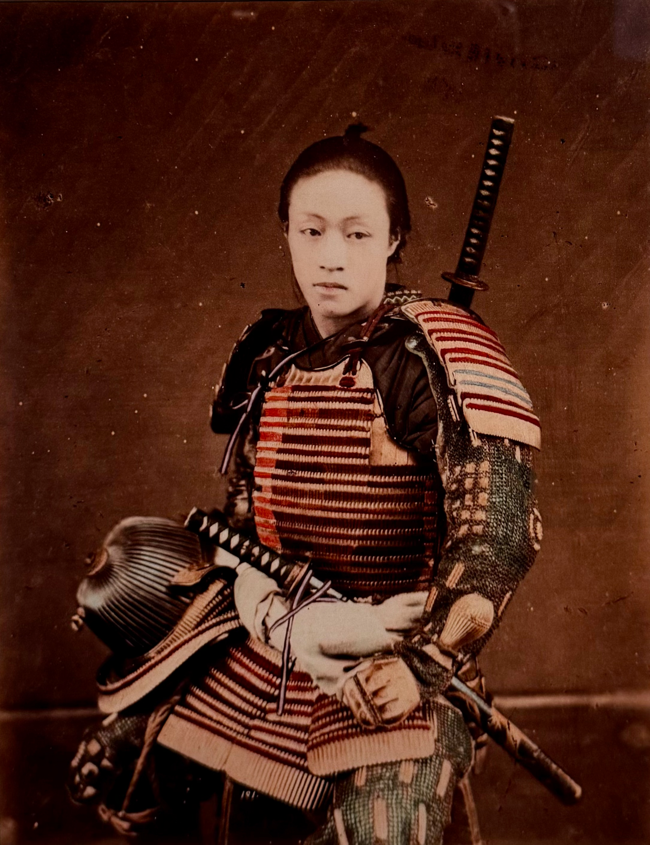Japan remains a fascinating place to us, occidentals. The closest we can get to it in The Netherlands is in Leiden, at the SieboldHuis. This institution regularly puts together high quality exhibits of Japanese art under all its shapes and themes. Photography is indeed one of them. This time around, under the title “Japan on a Glass Plate”, over 150 hand-coloured photographs offer a unique insight into late 19th-century Japan. The Kurokawa Collection is one of the most important and extensive private collections of Meiji photography in the world, and it is shown in Leiden. The pictures of photographers such as Kusakabe Kimbei, Baron Raimund von Stillfried, Adolfo Farsari, Tamamura Kozaburo, Ueno Hikoma and Shimooka Renjo are presented. Photographs were captured in black and white at that time, but painstakingly hand-painted thereafter, giving a stunning and vivid view of Japanese society. Some of the photographs exhibited were already admired at the Veuve Ambal exhibit in Beaune, as reported in this blog. Sumo fighters, tattooed gang members, Samurai, Geishas, Cherry blossoms, all these elements collectively represent different facets of Japanese culture, both past and present, and they all do indeed feature various colorful aspects. The use of vibrant colors on these pictures is adding to the richness and visual appeal of the culture, ensuring a feast for the eyes.

